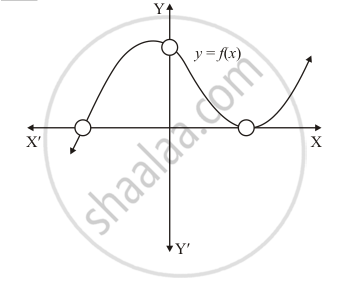Advertisements
Advertisements
प्रश्न
Divide. Write the quotient and the remainder.
40a3 ÷ (−10a)
उत्तर
40a3 ÷ (−10a)
\[= \frac{40 a^3}{\left( - 10a \right)}\]
\[ = \frac{\left( - 4 \right) \times \left( - 10a \right) \times a^2}{\left( - 10a \right)}\]
\[ = - 4 a^2\]
So, quotient = \[- 4 a^2\] and remainder = 0
संबंधित प्रश्न
Classify the following polynomials as linear, quadratic, cubic and biquadratic polynomials:
`3y`
Write the standard form of a cubic polynomial with real coefficients.
The graph of a polynomial y = f(x), shown in Fig. 2.18. Find the number of real zeros of f(x).

In Q. No. 14, write the sign of c.
If one zero of the polynomial f(x) = (k2 + 4)x2 + 13x + 4k is reciprocal of the other, then k=
Divide. Write the quotient and the remainder.
(8p3 − 4p2) ÷ 2p2
Divide. Write the quotient and the remainder.
(25m4 − 15m3 + 10m + 8) ÷ 5m3
Identify the following expression is polynomial. If not give reason:
`1/x^2 + 3x - 4`
The below picture are few natural examples of parabolic shape which is represented by a quadratic polynomial. A parabolic arch is an arch in the shape of a parabola. In structures, their curve represents an efficient method of load, and so can be found in bridges and in architecture in a variety of forms.




If α and `1/α` are the zeroes of the quadratic 2x2 − x + 8k, polynomial 2 then k is:
Classify the following as a constant, linear, quadratic and cubic polynomials:
2 – x2 + x3
